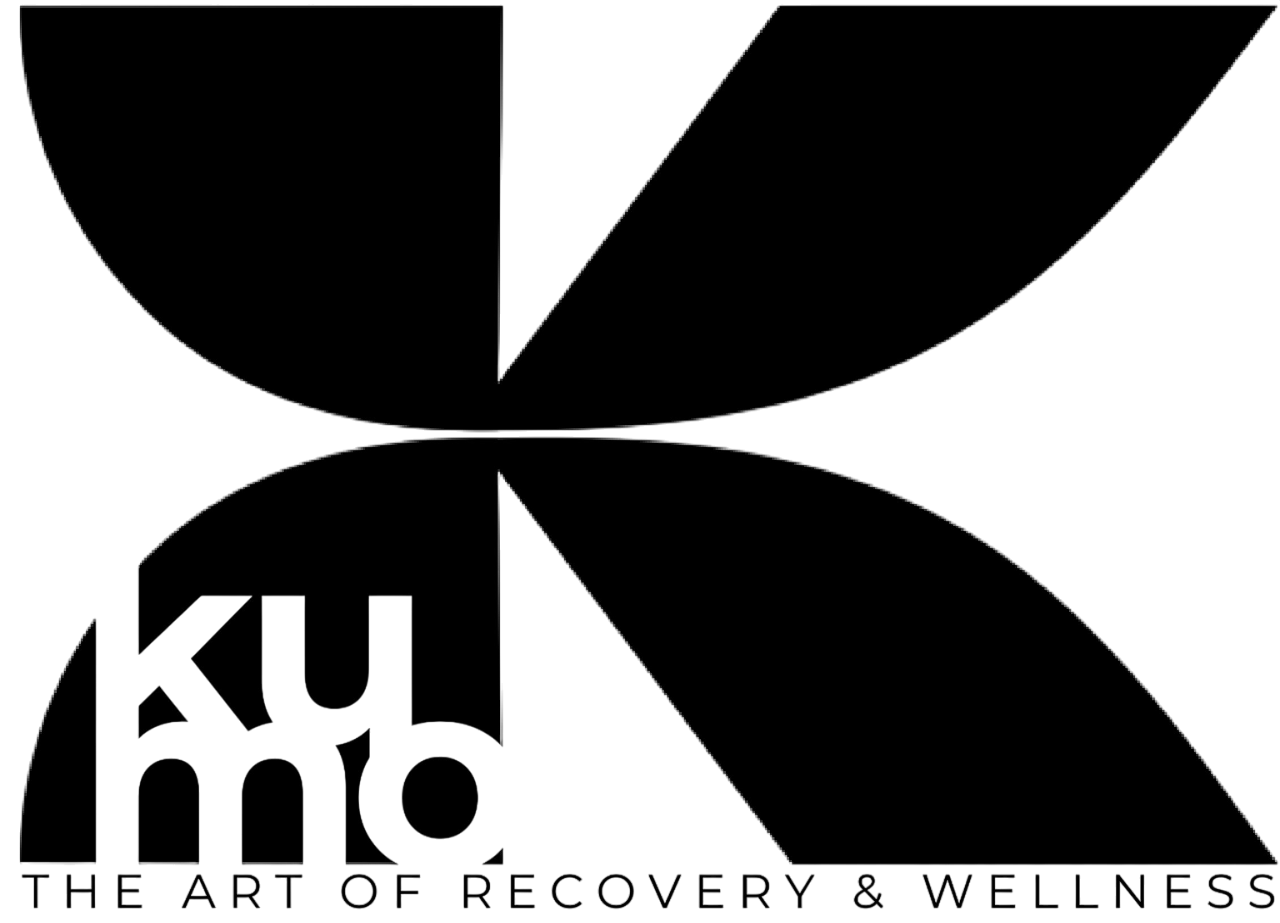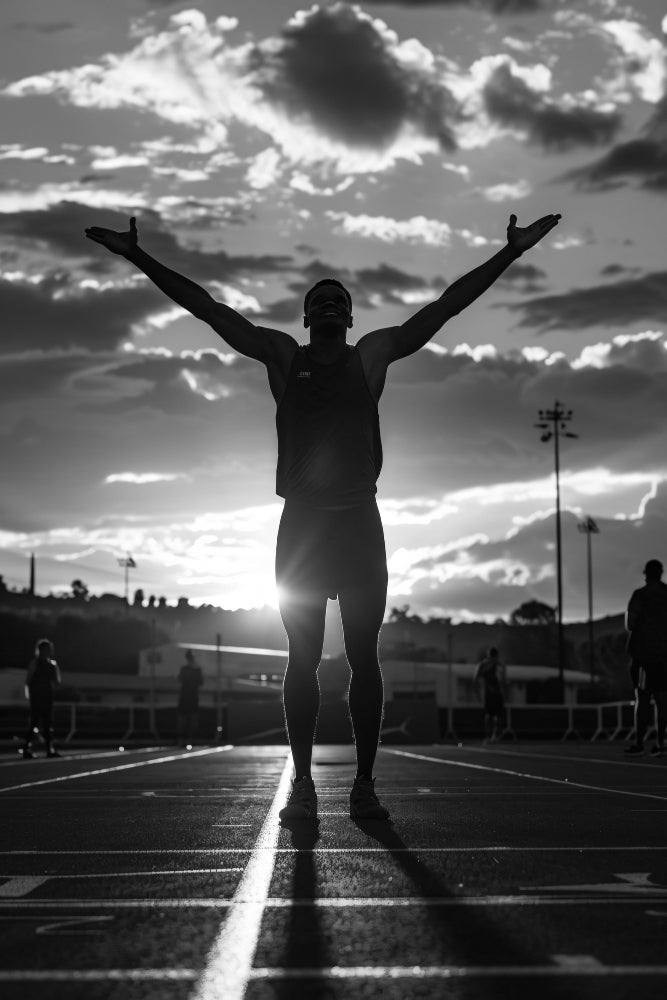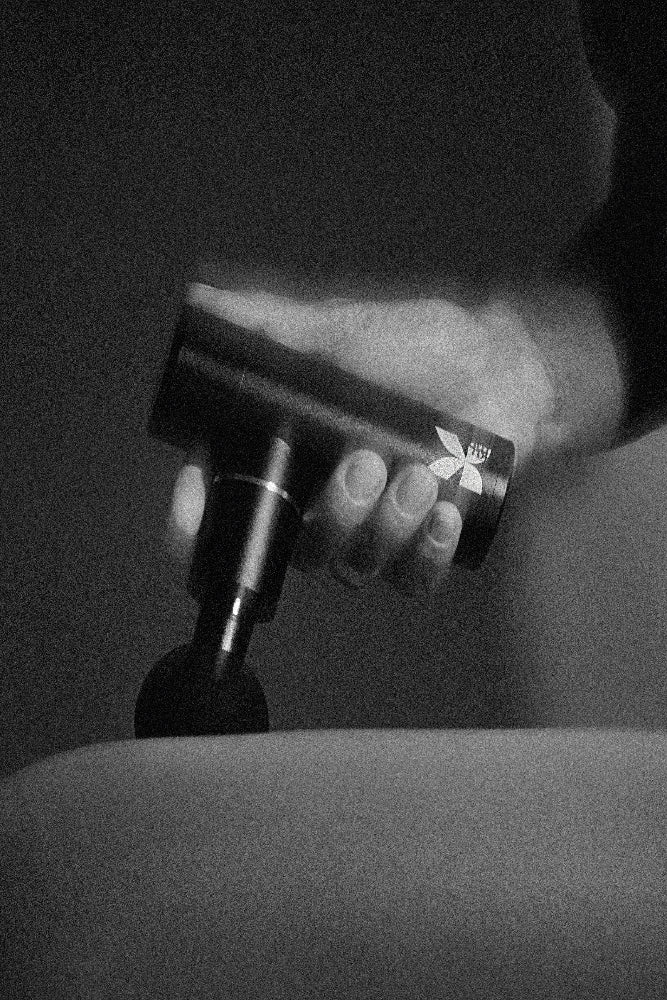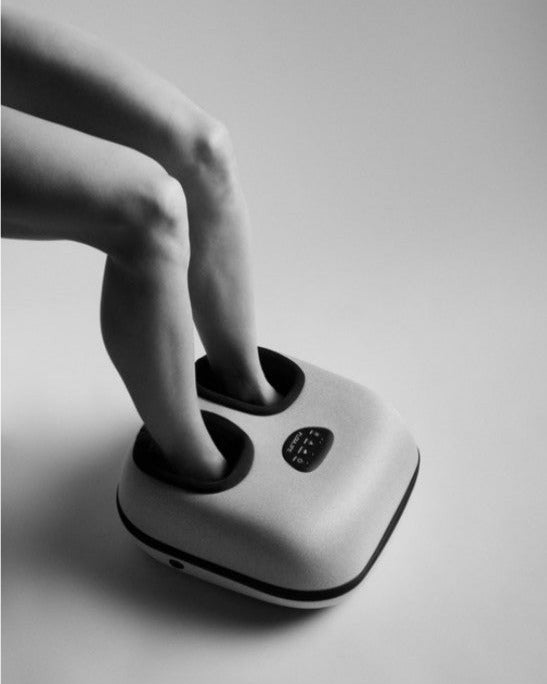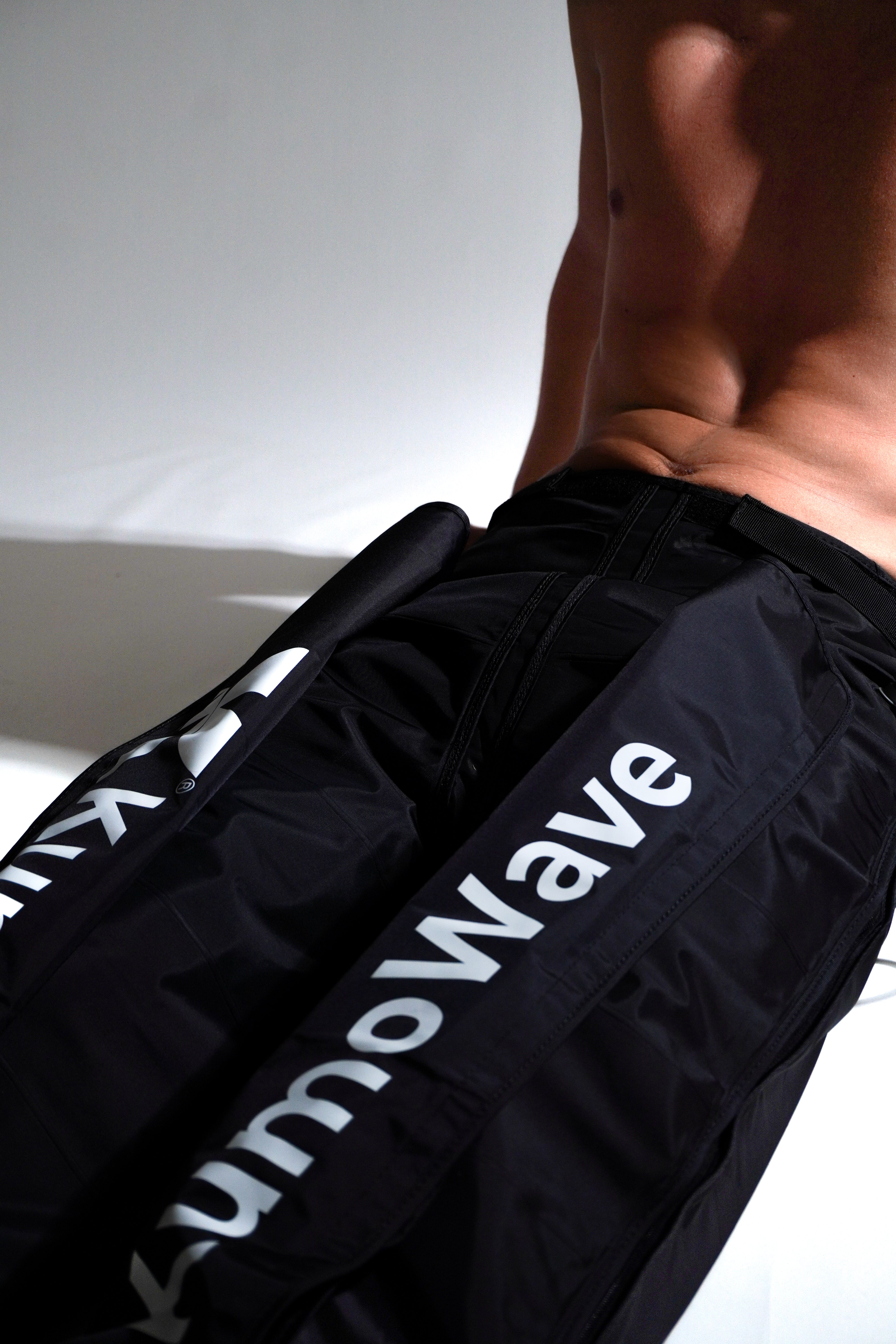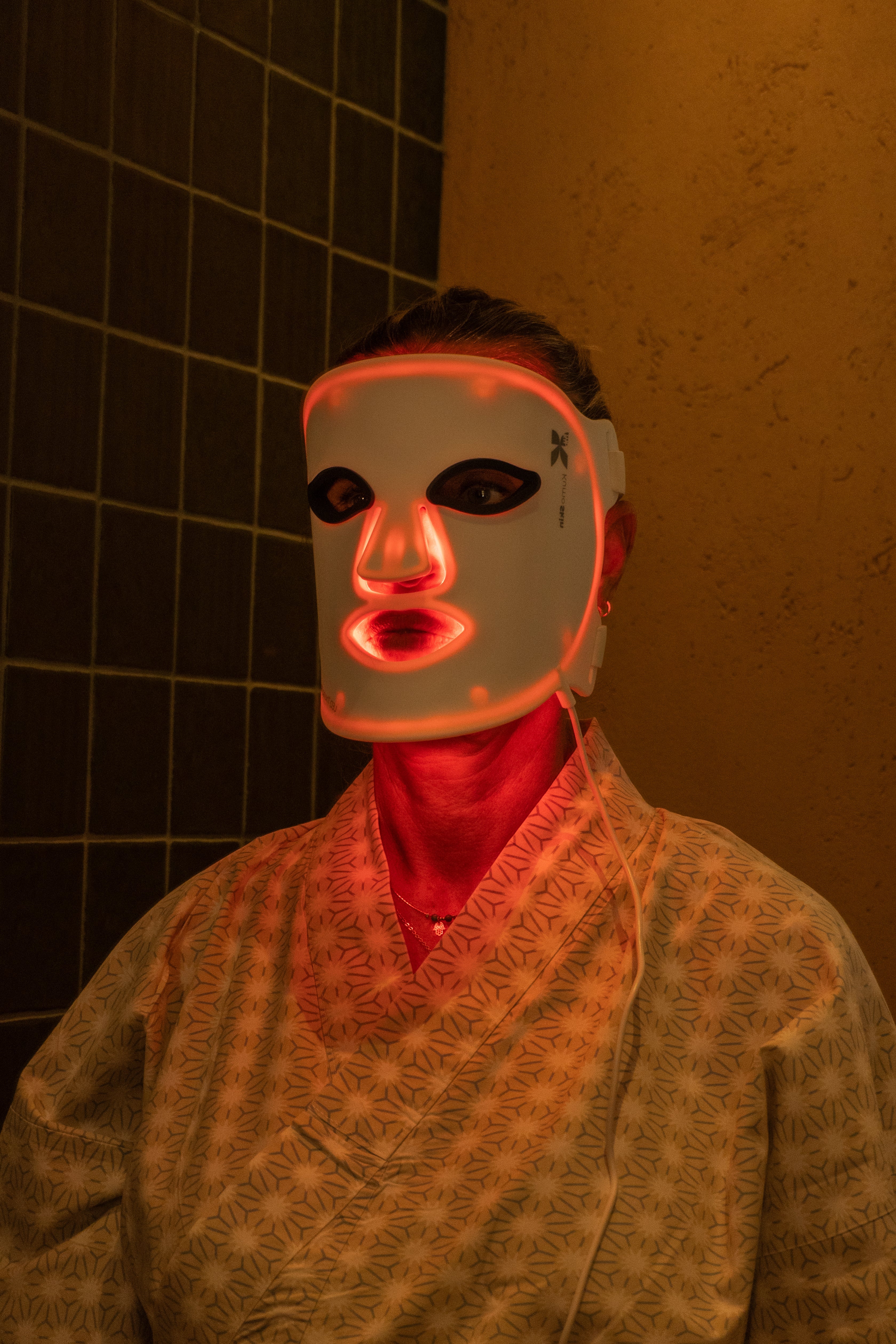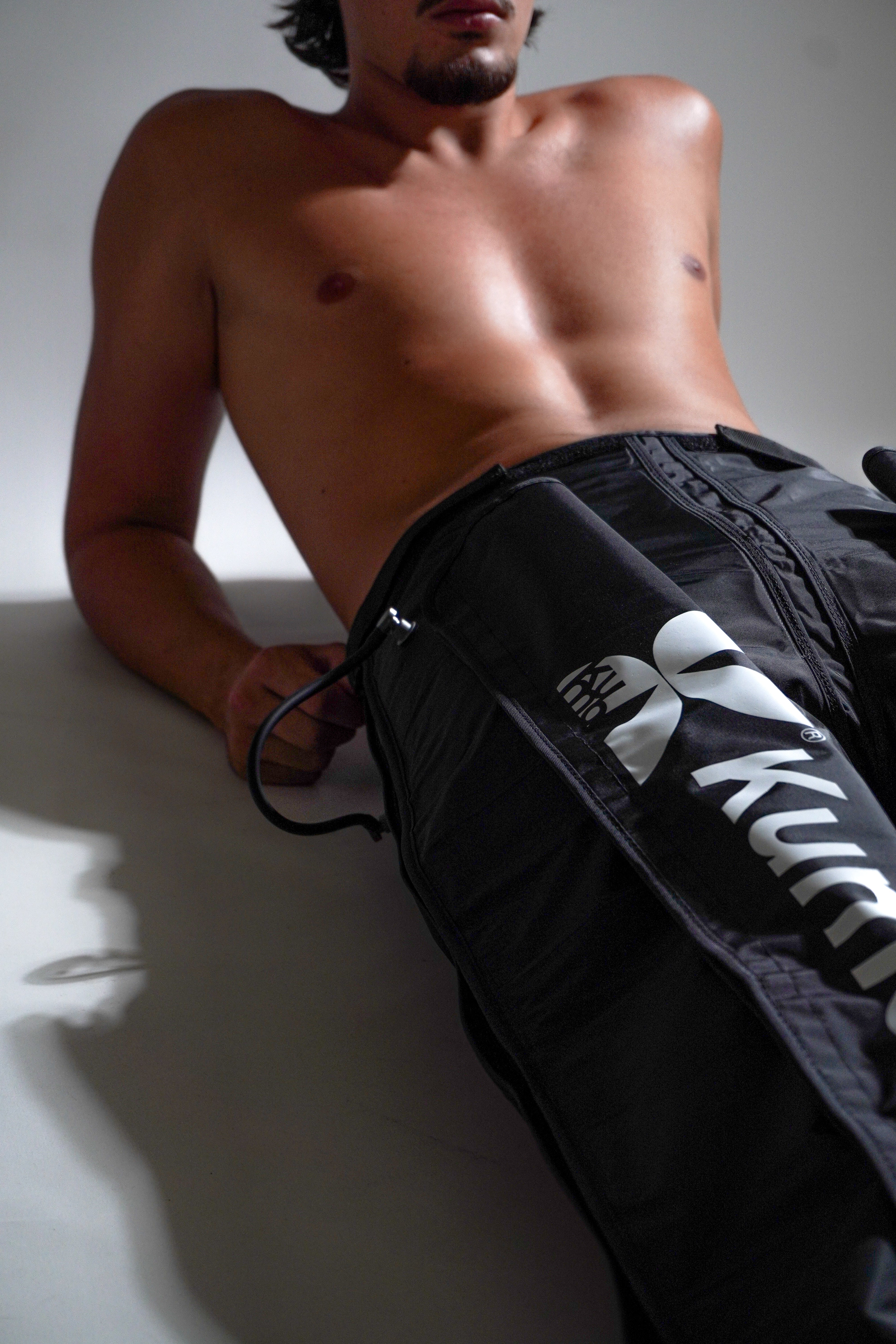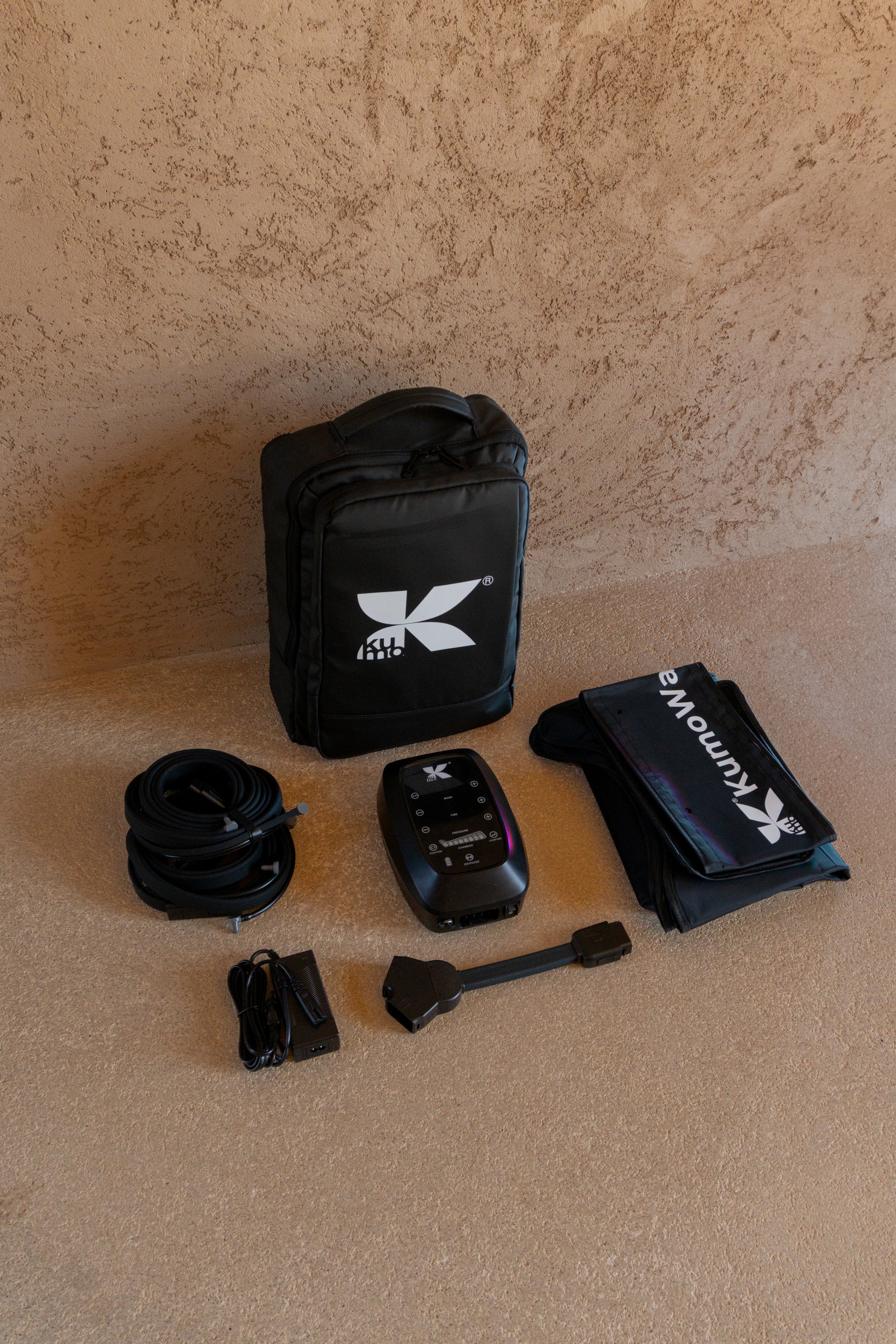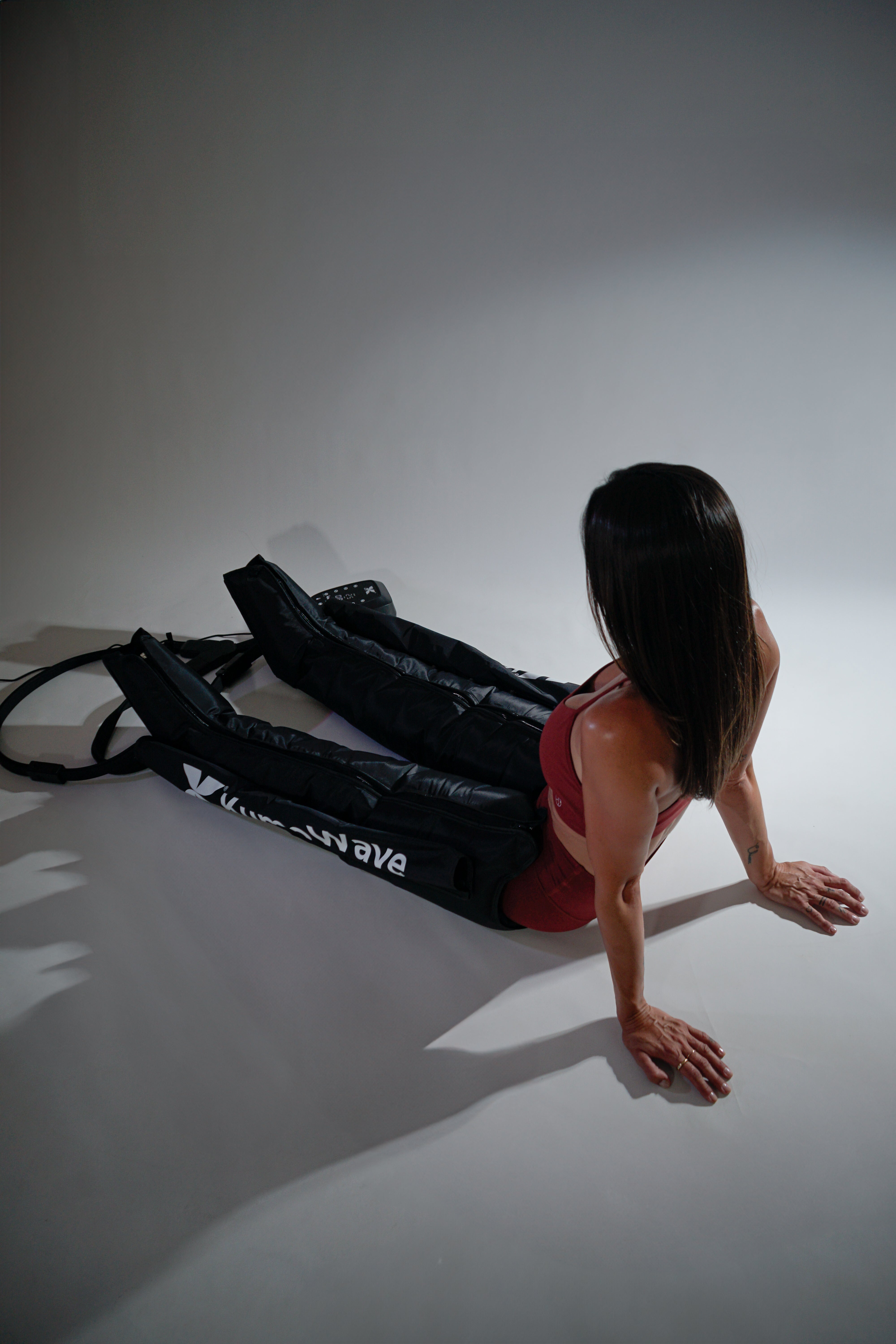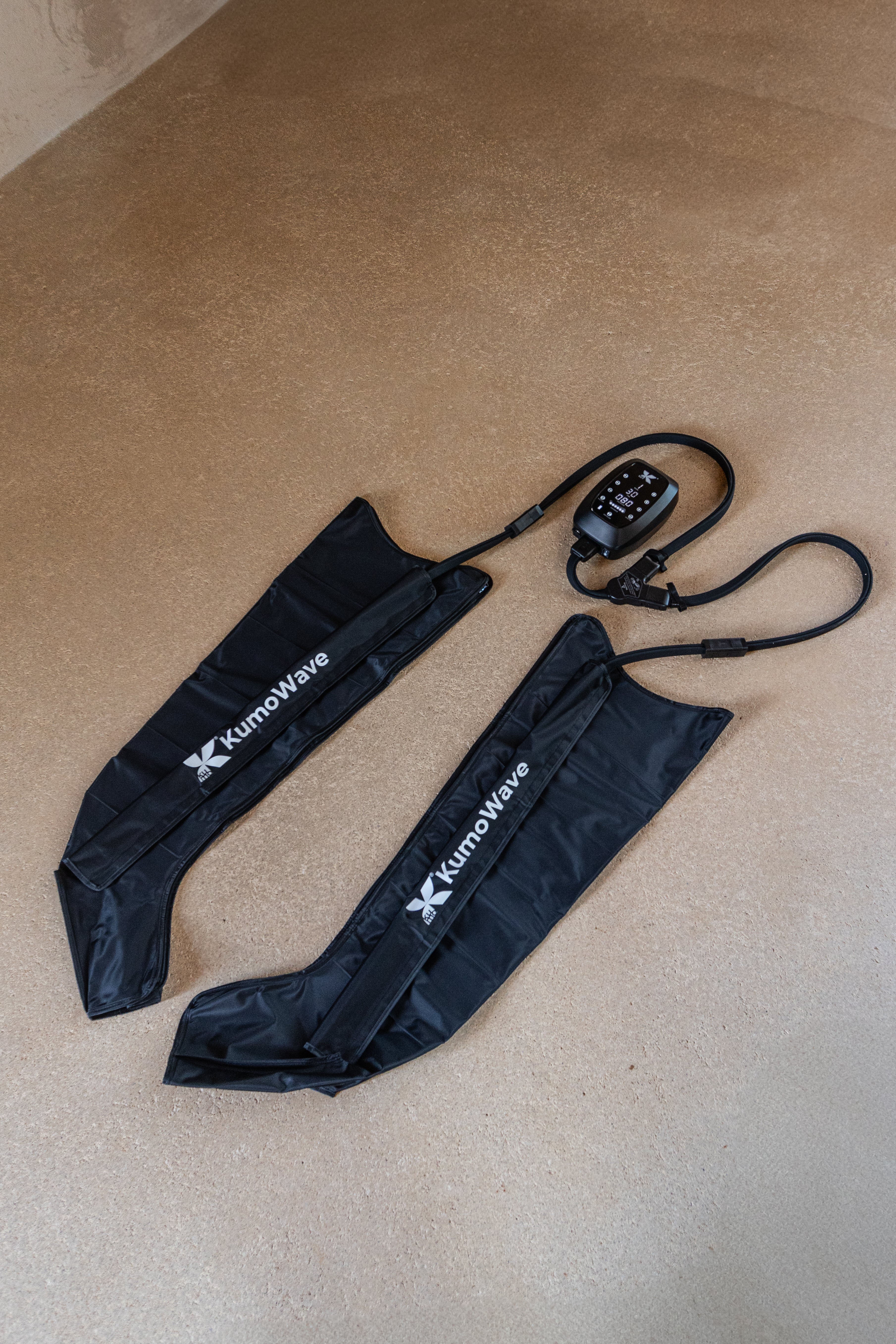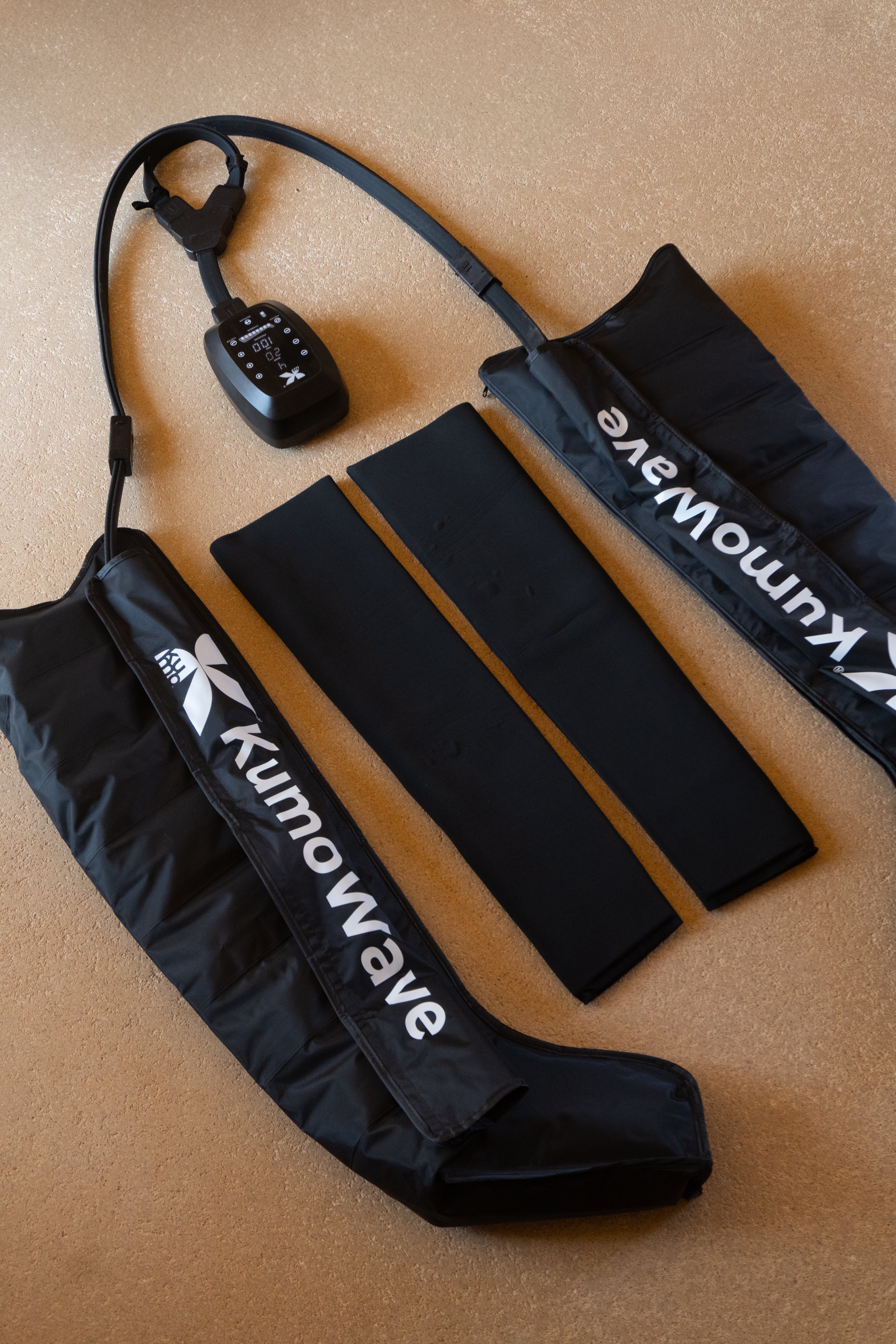Pressotherapy at home: what it is, how to use it, benefits, and contraindications.
Home pressotherapy consists of sequential pneumatic compression boots that massage the legs through inflation and deflation cycles. Applied properly, it helps stimulate circulation, relieve heaviness, support lymphatic drainage, and accelerate muscle recovery. Below you'll find a practical, safe, and comprehensive guide to getting started, with benefits, contraindications, and clear steps.
Coming soon
- Improves venous return and the sensation of light legs after 15–30 minutes per session.
- Useful for mild fluid retention and post-workout recovery; stronger evidence for circulation and lymphedema.
- Avoid if there is active venous thrombosis, decompensated heart failure, skin infection, or severe arterial disease.
- Start with moderate pressure and short sessions; progress according to your tolerance and goal.
- Complement with habits: hydration, mobility, rest and recovery strategies.
Quick start guide
| Aspect | Practical recommendation |
|---|---|
| Aim | Relieve tired legs, support lymphatic drainage, muscle recovery |
| Duration per session | 15–30 minutes for beginners; adjust according to response |
| Weekly frequency | 3–5 days/week; daily in loading phases if well tolerated |
| Pressure | Start moderately and gradually increase according to comfort and advice. |
| Position | Lying down or semi-lying, legs aligned and relaxed |
| Precautions | Do not use on active wounds, acute pain, or numbness; discontinue if discomfort occurs. |
What is home pressotherapy and how does it work?
Principles of sequential pneumatic compression
Pressure therapy boots use air chambers that inflate progressively from the foot to the thigh. This pressure gradient promotes venous return and lymphatic flow, reducing fluid stasis in the extremities. The mechanism is similar to that of hospital-approved sequential compression devices used to improve circulation at rest, with safe and adjustable home applications.
Tip: Think of it as a rhythmic external “pump” that helps your veins and lymphatic vessels empty better between cycles.
Usual programs and normal sensations
- Inflation/deflation cycles: rhythmic, adjustable intensity.
- Areas: feet, calves and thighs, depending on the model.
- Expected sensation: firm but comfortable compression, without pain or numbness.
- Warning signs: persistent tingling, stabbing pain, marked color change, or excessive coldness in the feet; stop the session and seek medical advice.
If you're looking for equipment designed for home use and daily recovery, explore our pressotherapy boots .
Expected benefits (and what the evidence says)
Circulation and venous return
Intermittent pneumatic compression promotes blood return from the feet to the heart, reduces swelling, and reduces the feeling of heaviness. Clinically, it is used to improve leg hemodynamics and, when combined with other care, can accelerate healing in chronic venous conditions. A Cochrane review indicates that adding pneumatic compression to bandages may benefit selected venous ulcers (clinical context) .
Lymphatic drainage and fluid retention
For lymphedema, guidelines recommend pneumatic pumping as a complement to decongestive therapy (compression garments, exercise, skin care). Organizations such as the Mayo Clinic and the NHS describe it as a supervised option that can help reduce volume and discomfort. At home, simplified versions can relieve mild retention and leg comfort, provided contraindications are observed.
Muscle recovery and post-workout
After intense exercise, sequential compression can help evacuate metabolites and reduce the feeling of fatigue, especially when combined with hydration, adequate sleep, and gentle mobility. The evidence on performance is mixed, but its perceived usefulness in "unloading" the legs and returning to training feeling better is high among athletes and active individuals.
Daily well-being: rest and “light legs”
Those who spend long periods of time standing or sitting often notice relief from fatigue and less evening swelling. In the hospital setting, sequential compression devices are well-reported for improving circulation at rest at Cleveland Clinic, which supports their effectiveness at home as well.
Contraindications and safety first
Who should NOT use pressotherapy without supervision?
Avoid pressotherapy and consult a health professional if you have:
- Active or recent deep vein thrombosis (DVT), pulmonary embolism.
- Decompensated heart failure or edema due to cardiac causes.
- Moderate-severe peripheral arterial disease (pain when walking, ischemic ulcers).
- Active skin infections (cellulitis), open wounds, or unexplained leg pain.
- Neuropathies with significant loss of sensation, or uncontrolled cancer in the affected area.
- Pregnancy: Consult beforehand; avoid abdominal compression and use only under medical supervision.
For more general information on clinical indications and precautions, see Cleveland Clinic – Sequential Compression Device.
Side effects and how to avoid them
- Excessive compression: Reduce pressure if you experience pain or numbness.
- Skin marks: Normal if mild and temporary; moisturize and adjust the fit.
- Persistent tingling/coldness: Stop the session, elevate your legs without compression, and consult if there is no improvement.
- Hygiene: Wear clean socks and keep your boots ventilated to avoid irritation.
Golden rule: the session should feel “firm but comfortable.” If it hurts, it’s too much.
How to get started step by step at home
- Assess your condition: If you have a history of vascular disease, consult first. Define your goal (drainage, recovery, well-being).
- Fit and posture: Wear the boots while wearing loose, wrinkle-free clothing, in a recumbent or semi-recumbent position.
- Initial pressure: Start at a moderate level; prioritize tolerance.
- Duration: 15–20 minutes for the first few days; progress to 25–30 minutes if it suits you.
- Weekly rhythm: 3–5 sessions/week; during peak loads, even daily if there is no discomfort.
- Smart routine: hydrate, move your ankles before/afterward, and elevate your legs for a few minutes afterward.
- Log: Write down your feelings and adjustments; this will help you customize the program.
If you're looking to integrate more non-invasive tools for recovery and sleep, discover our LED light therapy .
Who is it especially useful for?
- Athletes and active people with frequent training loads.
- Professions with long hours of standing or sitting (evening sleep, tired feet).
- Frequent travelers (swollen legs after long flights).
- People with slowed venous return or mild lymphedema, always under professional advice.
- Anyone looking for a safe, convenient, and easy-to-maintain wellness habit at home.
At KUMO, we design recovery technology that combines aesthetics and performance; learn more about our philosophy at KUMO .
Supplements that enhance pressotherapy
- Gentle activation: 5–10 minutes of ankle and hip mobility before and after.
- Local percussive massage for tense points with the KumoPulse Air .
- Red Light Exposure for Relaxation and Sleep: Explore LED Light Therapy .
- Hydration and sleep: pillars that amplify recovery.
- Personalized consultations: If you have any clinical questions, please write to our team via contact .
Frequently Asked Questions
How much pressure should I use in home pressure therapy boots?
Start with moderate compression and adjust according to your comfort and goal. The sensation should be firm but not painful, tingling, or numb. If you're looking for gentle drainage or relief from heaviness, prioritize medium levels; for post-workout recovery, you can gradually progress if you tolerate it well. Avoid exceeding your comfort level and remember that conditions such as arterial disease, neuropathy, or DVT require supervision. If in doubt, consult your healthcare professional and follow the device manufacturer's guidelines.
How long and how many times a week is ideal?
A common starting guideline is 15–20 minutes per session, 3–5 days a week. If it feels good, you can progress to 25–30 minutes and increase the frequency during periods of increased physical activity. Listen to your body: if you notice skin irritation, pain, or worsening symptoms, reduce the intensity or take a break. Combining it with mobility, hydration, and adequate sleep maximizes its benefits and helps maintain long-term consistency.
Is it better to use it before or after exercise?
It depends on the goal. Before exercise, a short, gentle session can "wake up" circulation without fatigue. After training, 15-30 minute sessions help relieve the feeling of sore legs and help you recover. On rest days, you can use it at the end of the day to reduce fluid retention. Avoid sessions immediately after an acute injury and don't replace active warm-up or cool-down with pressure therapy.
Does pressotherapy help against cellulite?
It can temporarily improve the appearance of the skin by reducing fluid retention and promoting drainage, resulting in a feeling of lightness and smoothness. However, cellulite is multifactorial, and there is no single "cure." The best results often come from a combination of healthy habits, strength and aerobic activity, a balanced diet, hydration, and, if desired, complementary skincare technologies. For lymphedema or circulatory problems, follow recommendations from clinical sources such as the Mayo Clinic or the NHS .
Is it safe during pregnancy?
Pregnancy alters circulation and can increase leg swelling. However, starting pressure therapy without the approval of your obstetrician/gynecologist is not recommended. Avoid any abdominal compression and use gentle levels if authorized by your doctor. If you experience calf pain, redness, localized warmth, or shortness of breath, seek immediate medical attention due to the risk of DVT. Prioritizing postural measures, hydration, and brisk walking is usually the first line of attention.
To remember
- Pressotherapy at home helps activate circulation, drain fluids, and relieve leg fatigue.
- Start with short sessions and moderate pressure; progress according to your tolerance and goal.
- Respect the contraindications: active DVT, severe arterial disease, skin infection, decompensated heart failure.
- Its best effect comes when combined with movement, hydration, sleep and complementary tools.
- For home-designed equipment and expert support, visit KUMO or explore our pressotherapy boots .
- Any clinical or usage questions? Write to us on the contact page.
